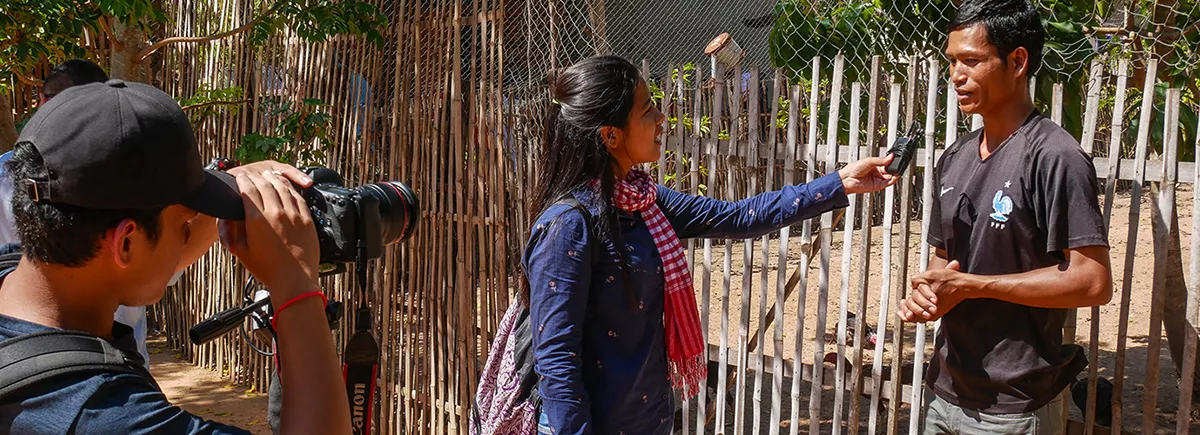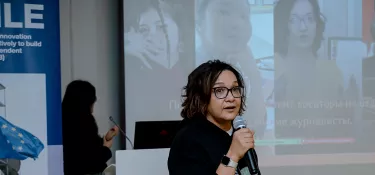
Training journalists to decipher links between health and the environment
Related project
Media for One healthCFI is launching the Media for One Health project in South-East Asia to help media outlets follow the "One health" approach and report on medical and environmental problems.
Human and animal population density rates in South-East Asia are among the highest in the world. The strain that human societies are placing on their environment there (deforestation, urbanisation, transport), coupled with the consequences of climate change (repeated episodes of droughts, typhoons and floods), is directly leading to significant problems for the health of people and wildlife.
Nipah virus (with a 40% mortality rate among humans) is an example that typifies this interdependence. In a way not dissimilar to the measles virus, Nipah virus was transmitted by bats to pigs, which then passed it on to humans who had sought shelter in pig farms after colossal fires had destroyed the Malaysian rainforest.
The international scientific community has slowly become aware of this interdependency between environmental, animal and human health. One Health emerged in the 2000s — a global approach that enabled many scientific research projects and implementation projects to be created in South-East Asia. However, the communities affected and the local media are still largely unaware of this approach. What little environmental information is provided is often limited to simply reporting on natural disasters.
This information neither recognises the multifaceted consequences of climate and environmental change on the health of people and wildlife nor brings these issues to the forefront of public debate.
Making complex issues understandable to the general public
Journalists often have limited access to sources of information or contacts to guide them in their work. This means that they sometimes lack the knowledge required to understand and decipher complex health and environmental issues and their implications and to convey these to the general public. In addition, they are poorly trained on how to cover these topics and receive marginal support from their editorial teams when doing so.
"Media for One Health" will raise awareness of the "One Health" approach among the national media in Cambodia, Laos, Vietnam and the Philippines and will train journalists at those media outlets to cover medical and environmental stories in an innovative way that entertains their audiences. The challenge is that of promoting the development of an effective form of journalism that can be readily understood and which can both inform people about potential future crises and prevent them.
A series of nationwide seminars involving prominent members of the scientific community will kick off the project. These seminars will bring together policy makers, the media and civil society organisations in order to foster a shared understanding of the challenges. The seminars will then be followed by training sessions for select members of the media in each country involved in the project.


